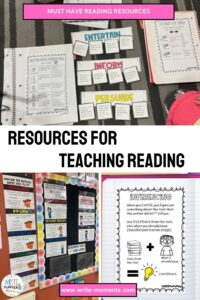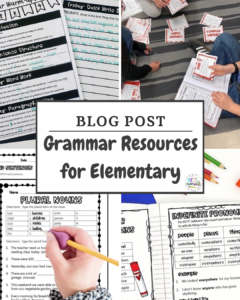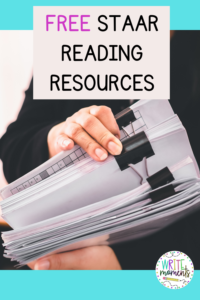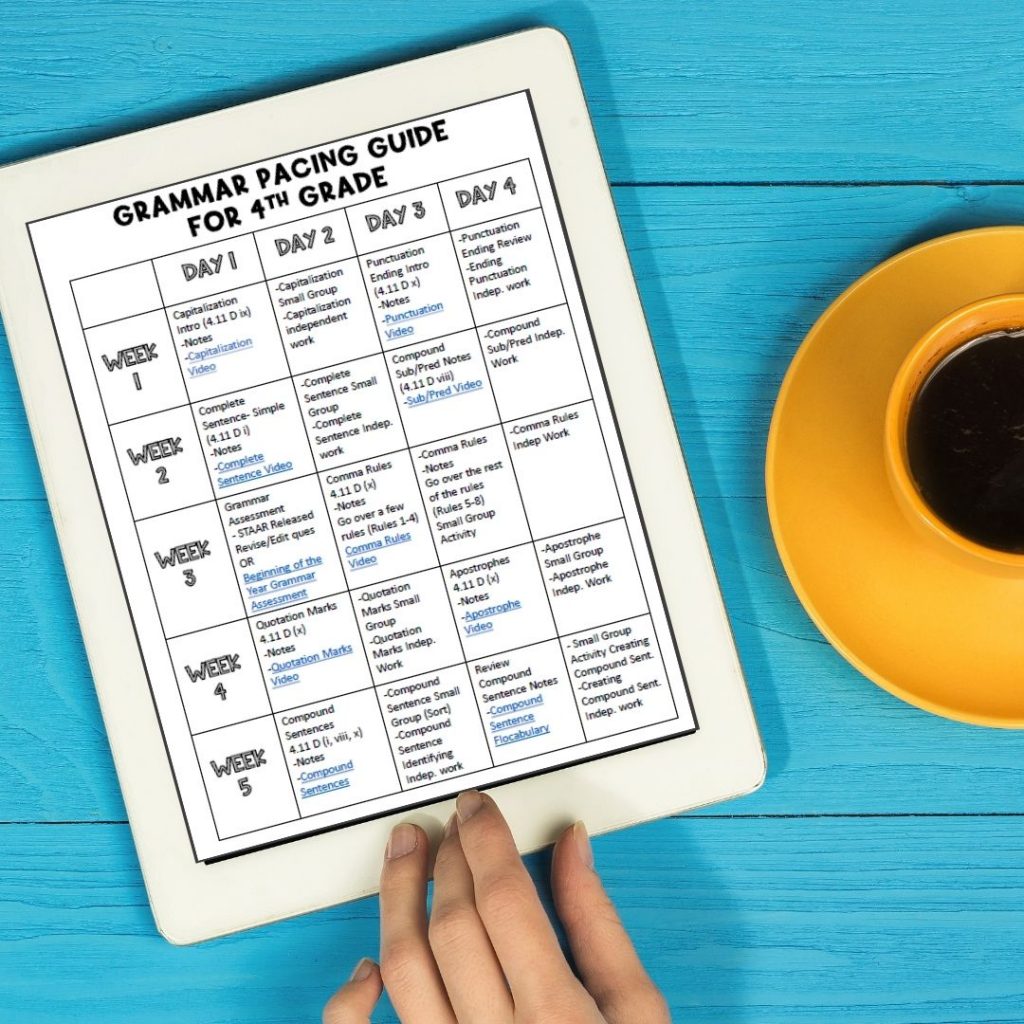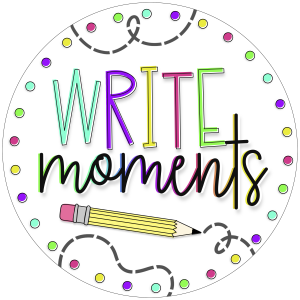Integrating subjects is a more effective way to teach. Many topics reach across subject areas which makes it easier for teachers to teach and students to learn. However, many teachers struggle with integrating social studies in reading and language arts.
Luckily, social studies topics are discussed in many historical fiction and nonfiction books.
Additionally, writing comes easily when students are interested in the topic they are writing about.
Check out these simple steps on how to integrate social studies into reading and language arts.
Start with a Read Aloud
Using a read aloud to introduce a topic in social studies will gain the students’ attention. They become invested in the characters. Therefore, they will care about the events taking place in the story.
There are a variety of historical fiction books that will lead into social studies lessons. Here are a few of my favorites:
Number the Stars by Lois Lowry
Esperanza Rising by Pam Munoz Ryan
The War That Saved My Life by Kimberly Brubaker Bradley
Freedom Crossing by Margaret Goff Clark
White Bird by R.J. Palacio
While reading aloud, stop often to ask students comprehension questions about the novel.
Wondering what exactly you should ask? I have come up with a list of STAAR stemmed questions that can be used with any reading done in class.
Just drop your name and email below and I’ll send you the list of STAAR stemmed questions.
Incorporate Daily Writing
As you are reading or discussing a particular social studies topic, have students write their opinions daily.
Often, students say they don’t know what to write when they are asked to come up with a made up story. However, students usually have many opinions about historical events.
Therefore, giving students a daily writing prompt that goes with your social studies lesson is the perfect way to integrate reading and language arts.
Additionally, students can create a “one pager.” This assignment brings out a student’s creativity by combining writing and art. Students express their opinions on different topics or books.
Dive into the Point of View
Perspective is an important reading skill that is taught in 3rd, 4th, and 5th grade.
Without a doubt, history lends itself perfectly to this skill. We know that there are two sides to every story. Therefore, when teaching about a specific historic event, have students research both sides of a war or disagreement.
This will help them see multiple perspectives which helps them understand different points of view
A Concluding Project
Finally, wrap up a social studies unit with a project that requires students to use reading and writing.
For example, a biography project is an excellent way to get students to research and write about important people in history.
Students can write a paper, create a biography buddy, and dress as their historic person.
Another idea is students could create a model of a specific historic place and write about the significance of their selection.
For instance, my fourth graders created a model of the Alamo. Then they wrote a paper about the building and the events that took place there.
As you can see, integrating social studies topics in reading and language arts will make it easier for teachers and students.
To make it even easier for the teacher, I created social studies integrated reading passages. I have Texas biography passages that are aligned with the 4th grade Social Studies TEKS and include STAAR stemmed reading questions, a short answer question, and Revise and Edit questions.
Did you know that students will see Revise and Edit questions on their STAAR reading test? If you’re looking for tips for teaching revise and edit strategies, check out my blog post: Revise and Edit Strategies
Additionally, I have social studies integrated reading passages for 5th grade teachers. The bundle includes 26 Famous American biography passages. All are listed in the fifth grade TEKS. The format includes STAAR stemmed reading questions, a short answer question, and revise and edit questions.
These passages and the other tips mentioned are perfect ways to integrate reading and writing in social studies.

